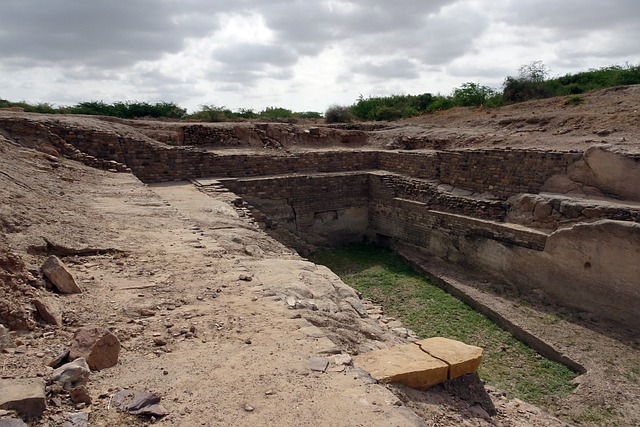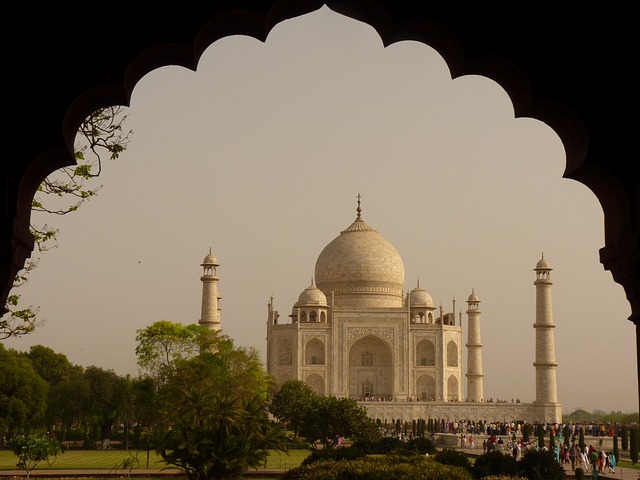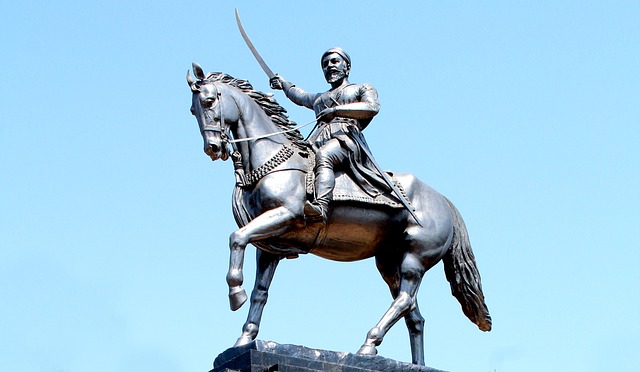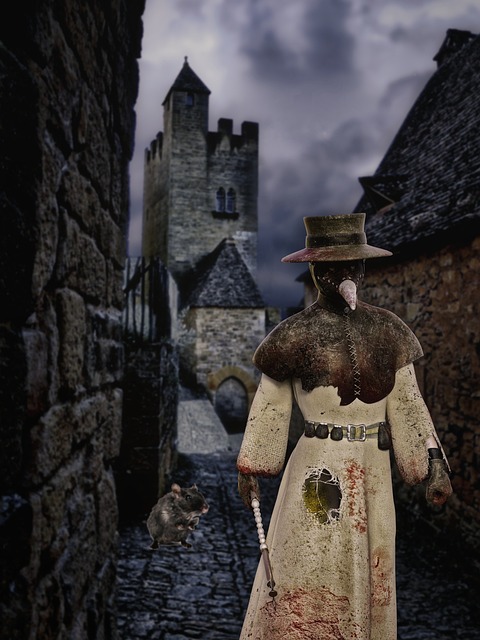
The Lost City of Dholavira: India’s Hidden Marvel Waiting to Be Discovered
Imagine This: A City That Disappeared Into the Desert
Picture this: a bustling city, thousands of years old, tucked away in the heart of India’s Kutch Desert. A place where people were not only masters of architecture but also had figured out the secret to surviving the harshest of climates. Sounds like something out of an ancient Indiana Jones movie, right? Well, it’s not fiction. It’s Dholavira, a forgotten gem of the Indus Valley Civilization (IVC), and trust me, its story is nothing short of an archaeological thriller.
This city, often overshadowed by the more famous Harappa and Mohenjo-Daro, is a treasure chest of secrets just waiting to be opened. Despite being officially recognized as a UNESCO World Heritage Site, Dholavira’s fascinating history remains largely untold. Let’s embark on a time-travel adventure to uncover the untold stories of this lost city!
The Discovery: Who Found the City in the Sands?
Back in 1967, an archaeologist by the name of J.P. Joshi was wandering the vast, dusty expanses of Gujarat’s Kutch region, when he stumbled upon something incredible — the ruins of Dholavira. Just imagine, the moment he uncovered it, it was like finding a time capsule from over 4,000 years ago. This city had been lost to the world, buried under sand and time, until Joshi’s discovery revived its hidden glory.
Dholavira wasn’t just any city; it was a thriving metropolis that flourished between 3000 BCE and 1500 BCE. While Harappa and Mohenjo-Daro often steal the limelight, Dholavira was a unique marvel with some major surprises. Let’s dive into what made this place a standout of its time!
A Masterpiece of Urban Planning (Ancient Style!)
Imagine a city with three distinct sections: the Citadel, the Middle Town, and the Lower Town. Sounds like the setup of a fantastic medieval city, doesn’t it? But this was ancient India at its finest — around 2500 BCE! The way these areas were designed shows that the people of Dholavira were not only skilled architects but also masters of town planning.
But the real jaw-dropper? Water management. In the middle of a desert! Dholavira had an ingenious system of reservoirs and canals to store and distribute water, essential in the dry landscape of Kutch. The city had large reservoirs that collected water during the monsoon season, allowing its people to thrive even in the most arid conditions.
Forget about modern plumbing—these ancient engineers were the real MVPs of water conservation. The city even had drainage systems that could rival some of today’s urban designs. Who would have thought that ancient Indians were such eco-warriors?
The Great Water Reservoir Mystery
One of the coolest features of Dholavira is its mysterious water reservoir. It’s massive and incredibly well-constructed, but what did its true purpose really serve? Was it a ritual bath? A ceremonial gathering space? Or maybe just a symbol of power? Historians are still scratching their heads. While some argue it might have been used for social or religious purposes, others believe it was simply an impressive feat of ancient engineering.
Whatever the answer, the fact remains: this structure is one of the most mysterious (and coolest) parts of Dholavira that still holds a huge riddle. Maybe, just maybe, the answer will be uncovered one day.
Dholavira’s “Writing” — An Ancient Puzzle Still Unsolved
And then, we have the Indus script. If you’ve ever tried to crack a tough code, you know how it feels to be at the edge of solving it — and that’s how researchers feel when looking at the seals and inscriptions found at Dholavira. These ancient symbols could be one of the world’s oldest written languages, but deciphering them has been like trying to read an alien language.
So far, no one has cracked the Indus script, which only adds to the city’s mysterious allure. Are these symbols just administrative or religious records? Or is it something deeper, something that could change our understanding of ancient human communication? We may never know, but it’s certainly fun to imagine!
What Caused Dholavira’s Fall? A Deserted City in the Desert
Dholavira wasn’t always a city lost in the sands. At its peak, it was a bustling metropolis. So, what happened? Why did this brilliant civilization fade into obscurity?
The most likely culprit? Environmental changes. There’s a good chance that a shift in the rivers’ course or a severe drought caused the city to lose its primary source of water. Combine that with the possible economic or trade disruptions, and you’ve got the perfect recipe for the downfall of a once-thriving city.
While theories abound, the exact reason for Dholavira’s decline is still a mystery, making it all the more intriguing. Maybe it was a combination of nature’s wrath and the shifting tides of time. We may never know for sure, but it certainly leaves us wondering what could have been.
The Legacy of Dholavira: A Glimpse Into India’s Ancient Genius
Dholavira might have been forgotten for centuries, but its discovery has brought back an important piece of India’s ancient puzzle. This city was ahead of its time in so many ways — from its urban design to its water management systems. It gives us a glimpse into the ingenuity and sophistication of ancient Indian civilization, which was far more advanced than many of us realize.
In fact, Dholavira is like the cool, mysterious relative of the Indus Valley Civilization — a place full of surprises, secrets, and unanswered questions. It’s a city that challenges what we think we know about the past.
So, what’s the takeaway here? Dholavira reminds us that history is full of hidden gems — stories, civilizations, and places waiting to be uncovered. The more we dig (literally and figuratively!), the more we realize how much of the past is still out there for us to discover.
Your Thoughts?
Do you think the answer to Dholavira’s mystery lies in the ancient Indus script, or is there another hidden secret we haven’t uncovered yet? Drop your thoughts in the comments below — let’s uncover history together!



